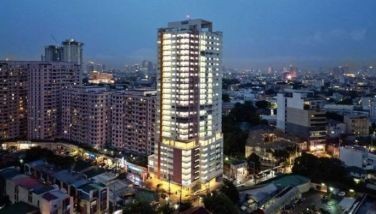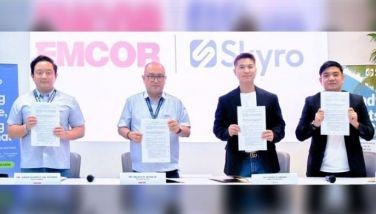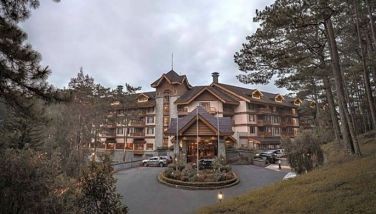Tracing roots and restoring dignity and heritage
Japan Foundation (JF)
The first involved a forum on Japanese Language Education, a continuing effort to assess the Japanese language-related issues such as how to improve learning and teaching Nihongo and organizing groups and organizations of teachers of Nihongo, among other topics.
Last October, through the efforts of Japan Foundation Japanese Language expert, Mr. Toru Hoshi, the Association of Nihongo Teachers in the Visayas ( ANT-V) was organized. They join the
The second main event was a symposium entitled Japanese Migrants to the Philippines: History, Issues and Prospects sponsored by The Japan Foundation in collaboration with the Asian Center of the University of the Philippines and the UP Vargas Museum, the National Commission for culture and the Arts, the Filipino-Japanese Foundation in Northern Luzon Inc and the UP Office for Initiatives in Culture and the Arts.
For the morning session, Dr. Mariko Iijima of
Dr. Patricia O. Afable of the Smithsonian Institution shared compelling memories and telling archival documents and photographs of the Baguio Japanese Community. In the afternoon, her photographic exhibition about the early th Century Japanese Community of
The afternoon session presented various issues and prospects related to Japanese diaspora. Prof. Yasuko Kuroda of the Mindanao Kokusai Daigaku discussed her experiences with migrant school children in
Prof. Maria Luisa “Meloy” Mabunay of the University of the
Throughout the interrelated presentations, it was good to hear again the reminder about the valuable role of time as a healer. Japanese descendants felt the stigma and burden of war with many so ashamed and fearful about being found out as having Japanese roots that they hid their real identities, assumed different names, and silently proceeded with their lives interlinked with their Filipino families in
Through the powerful pictures and stories compiled by both Dr. Patricia Afable and Dr. Meloy Mabunay, these pre-war Japanese migrants and their descendants showed the beautiful legacy they left to their descendants: the dignity of work in the commercial streets of Iloilo, in the saw mills and construction areas of Baguio , among other places. One beautiful message of the symposium and the photo exhibits is that by retracing roots, dignity and heritage are restored not only to the migrants but to their descendants.
And it dawned on us that time will be just as kind to many of our own OFWs who are now unwelcomed, stigmatized, and oppressed, with a significant number hiding and cowering in fear in many parts of the world. In time, their descendants will revisit the places they migrated to and their descendants will feel the pride and honor of learning that their migrant ancestors built this bridge in
.* * *
Email us at [email protected]
- Latest
- Trending





























